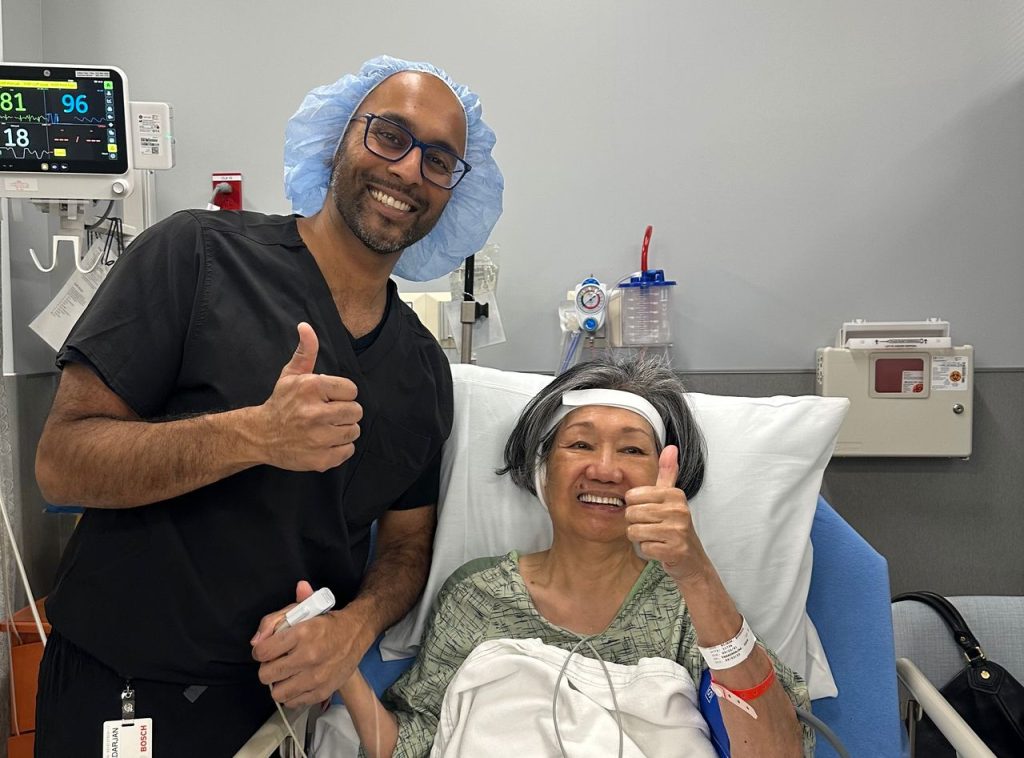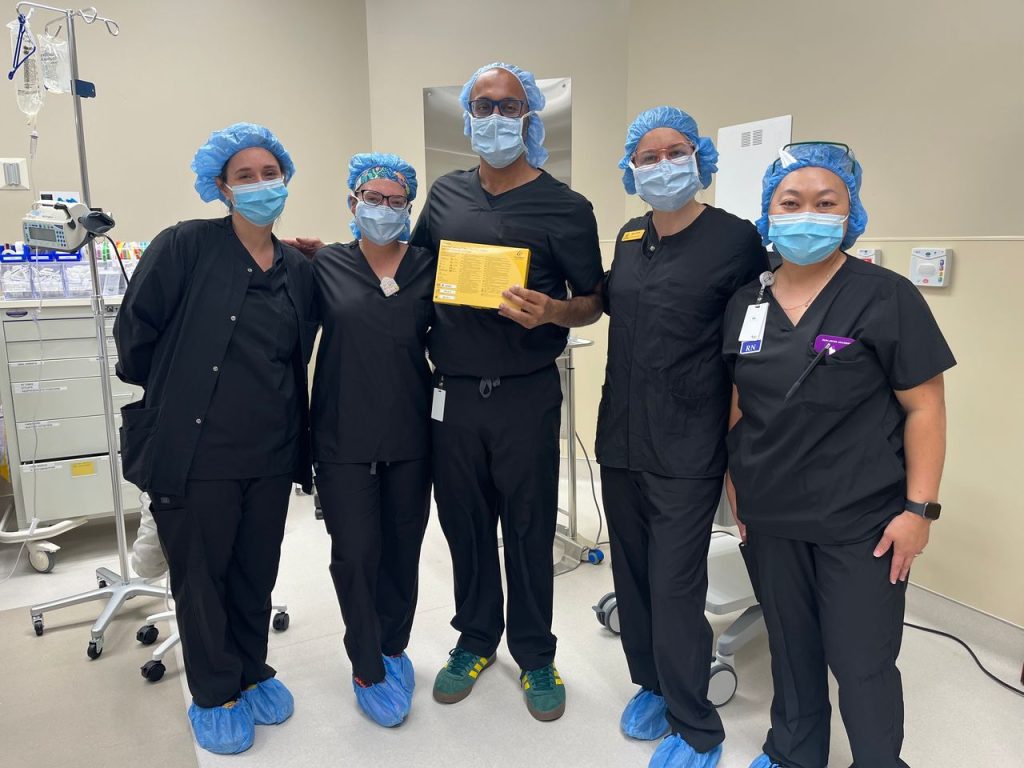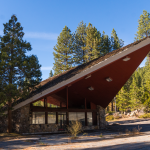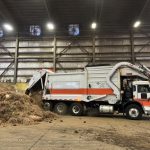World’s first smart cochlear implant helps South Lake Tahoe woman hear again

Provided / Cochlear North America

SOUTH LAKE TAHOE, calif. — When Esperanza Bijasa began losing her hearing in 2017, the world around her grew quieter. The Bingo nights, the laughter at parties, the conversations she once cherished all began to fade. After years of trying hearing aids that couldn’t bring those sounds back, the 84-year-old South Lake Tahoe resident recently became the first person in the Greater Sacramento area to receive the Nucleus® Nexa® System — the world’s first smart cochlear implant. For the first time in years, she can hear again.
“Hearing aids are usually the first step in a hearing loss journey,” said Dr. Varun Varadarajan, Bijasa’s otologist and neurologist. “They’re designed to amplify sound and make it louder. But patients with greater degrees of hearing loss not only have a problem hearing sound — they have a problem hearing sound clearly.”
Even with properly fitted hearing aids, many patients like Bijasa can still struggle to make out words clearly. When she was diagnosed with hearing loss in both ears, the devices she tried offered little relief. Frustrated and embarrassed by her inability to follow conversations, she began to isolate herself.
“Once she recognized that the hearing aids become ineffective,” said Chris Kerens, Bijasa’s daughter. “You know, it was no longer providing clarity or volume for her, that’s when we started noticing her frustration.”
After a referral from her South Lake Tahoe doctor to Dr. Varadarajan, Bijasa learned about cochlear implants — a procedure that could restore her ability to hear. Unlike hearing aids, which simply amplify sound, cochlear implants bypass damaged areas of the inner ear. The external device captures sound and converts it into an electrical signal that travels through a tiny wire into the cochlea, directly stimulating the hearing nerve and sending sound information to the brain.
“Over time, the brain learns how to understand sounds more clearly, and speech understanding improves significantly,” said Dr. Varadarajan. “Cochlear implants help patients who have difficulty hearing clearly even with properly fitted hearing aids.”
The Nucelous Nexa cochlear implant, the device Bijasa received, marks the latest leap forward in hearing technology.

“It’s an exciting new development in cochlear implant technology,” said Dr. Varadarajan. “It has built-in internal memory, so a patient’s individual hearing data can be stored directly on the device itself.”
That means if a patient loses their external sound processor, they can simply order a replacement and reload their settings — without having to start the entire programming process over with an audiologist.
Another key advancement is the device’s upgradeable firmware, which functions much like a smartphone.
“As new technology and performance upgrades become available, patients can download and enable them on their own,” Dr. Varadarajan explained. “They don’t need another surgery or a long trip to a clinic. That’s especially important for patients who live far from our office, like Esperanza.”
While the technology shows promising results, Dr. Varadarajan noted that any medical procedure carries risks. Potential complications include bleeding, infection, device failure, or dissatisfaction due to lack of use.
“Overall, it’s a very low-risk outpatient procedure, usually done within one or two hours,” he said. “Patients go home the same day.”
Bijasa’s surgery took place just last month, and while she’s already noticing improvements, the full benefits won’t be realized for several more months. Rehabilitation plays a key role in recovery, with patients encouraged to listen to audiobooks, watch television with subtitles, and practice other listening exercises to help the brain adapt.
“It’s a new signal — a new language for the brain to process,” Dr. Varadarajan said. “And it’s pretty exciting to see that happen, live, as patients learn to hear again.”
Bijasa and her family are now focused on that rehabilitation process as she becomes more comfortable with the implant.
“I can hear everything again,” Bijasa said, smiling.


Support Local Journalism

Support Local Journalism
Readers around the Lake Tahoe Basin and beyond make the Tahoe Tribune's work possible. Your financial contribution supports our efforts to deliver quality, locally relevant journalism.
Now more than ever, your support is critical to help us keep our community informed about the evolving coronavirus pandemic and the impact it is having locally. Every contribution, however large or small, will make a difference.
Your donation will help us continue to cover COVID-19 and our other vital local news.









